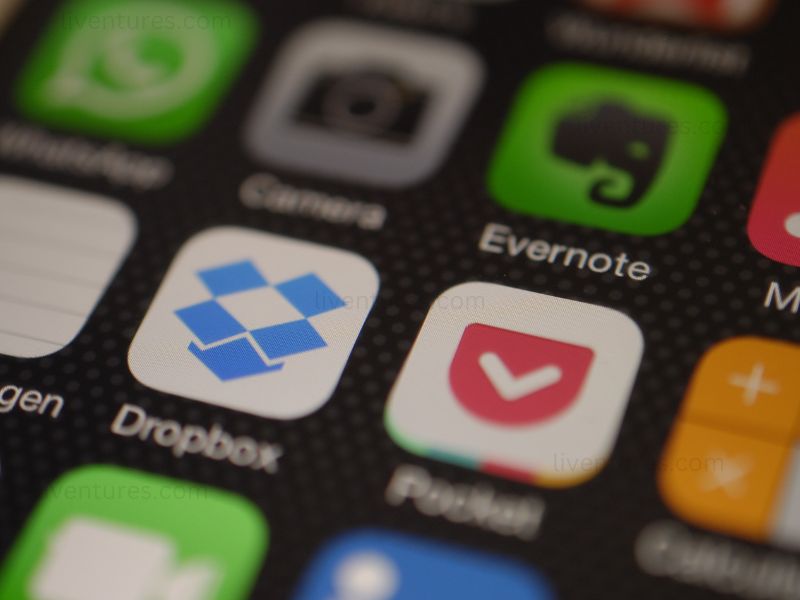Transforming Your Business Idea Into an App – The Birth of a Vision
Apps! They’re virtually everywhere, acting as the digital extensions of our lives. Indeed, the rise of apps has significantly reshaped the way we conduct our businesses. But how does one navigate the intricate journey of transforming a business idea into an app?
Step One – Ideation and Market Research
The first step towards turning your business idea into an app is the process of ideation. It starts with a spark. Perhaps it’s a problem you’d like to solve, a process you’d like to streamline, or a unique service you’d like to offer.
It’s not enough, however, to simply have an idea. Before you dive headfirst into the app development process, it’s essential to conduct thorough market research. Imagine spending your resources on building an app, only to find out something similar already exists and is thriving in the market! The importance of identifying your target demographic, studying market trends, and understanding the competitive landscape cannot be overstated.
For instance, the creators of Airbnb noticed a gap in the market for affordable accommodation options and capitalized on it. Their extensive market research led to the birth of one of the most successful apps in the world.
Step Two – Define the Functionality and Design
Once you’ve identified the unique value proposition of your app, the next step is defining its functionality and design. This process is akin to creating the blueprint of a house before you start the construction.
Functionality refers to what your app does, its features, and how users interact with it. You need to delineate the features that will directly address the needs of your target audience.
Simultaneously, the design of your app, which includes its layout, visual elements, and user interface, must be intuitive and visually appealing. Remember, a complex, cluttered app can dissuade users, no matter how innovative your idea might be.
Step Three – Developing the App
Having a well-defined functionality and design is the foundation of your app development journey. This is where you start building. But, if you’re not a tech expert, worry not! The tech world is abundant with talented app developers.
You have several options to choose from. You can collaborate with a software development agency, hire freelance developers, or even build your team of in-house developers. Each option has its pros and cons. For example, while hiring freelancers can be cost-effective, working with an agency can provide a more comprehensive package of services.
Take Uber, for instance. The popular ride-hailing app didn’t have its technical co-founder until much later in the development process. They outsourced their app development to a software agency and gradually built their in-house tech team.
Step Four – Testing and Quality Assurance
You’ve got your app ready. Hold on, though! Before you launch, it’s paramount to conduct rigorous testing. This step is often underappreciated but is vital to ensure that your app works smoothly.
Testing and quality assurance involve checking every single feature of your app under different conditions and on different devices. It’s akin to test-driving a car before purchasing it. Detecting and rectifying any bugs or glitches at this stage can save you from future troubles and negative user reviews.
For example, social media giant Facebook is known for its culture of “move fast and break things.” Yet, they conduct extensive testing before rolling out any new features to ensure a seamless user experience.

Step Five – Launch and Market Your App
The day has arrived. Your app, the digital embodiment of your business idea, is ready to make its debut in the world. You’ve chosen your platform – iOS, Android, or both, and it’s time to launch.
However, just like any product, an app needs effective marketing to reach its intended users. A robust marketing strategy involves a mix of social media advertising, content marketing, search engine optimization (SEO), and user engagement initiatives. It’s essential to generate buzz around your app and make sure it’s visible to your target audience.
Let’s look at TikTok, which exploded in popularity due to its aggressive marketing strategies. They invested heavily in influencer marketing, with celebrities and content creators endorsing the app on various platforms, successfully drawing millions of users globally.
Step Six – Continual Improvement and Updates
Once your app is out in the wild, the journey is far from over. To remain competitive in the dynamic app market, continual improvement is necessary. You need to regularly update your app, fix any bugs, and perhaps most importantly, listen to user feedback.
Users are your app’s lifeblood, and their feedback can offer valuable insights. By paying close attention to their reviews and ratings, you can find out what’s working and what’s not, which features they love, and what improvements they’d like to see.
Snapchat, for example, faced backlash in 2018 when they rolled out a redesign that wasn’t well-received by users. They listened to their users’ feedback and reverted some of the changes, demonstrating the importance of adapting to user preferences.
Step Seven – Monetization
Now that your app is live, engaging users, and continuously improving, let’s talk about the endgame: making money from your app, also known as app monetization.
There are several app monetization models you can choose from depending on your app’s purpose, user base, and market trends. These include in-app purchases, subscription models, and advertising.
In-app purchases allow users to buy specific features or items within the app. The gaming app Candy Crush Saga is a prime example of this model. Users can play for free but have the option to purchase power-ups, extra moves, or lives.
Subscription models, on the other hand, require users to pay a recurring fee to access content or services. Apps like Netflix and Spotify have successfully used this model, providing tiered pricing based on the level of access users desire.
Lastly, in-app advertising involves displaying third-party ads within your app. You generate revenue every time a user clicks on these ads or makes a purchase. Apps like Instagram and Facebook rely heavily on this model.
Step Eight – Scaling and Expansion
With your app successfully monetized, it’s time to think about scaling and expansion. This could mean enhancing features, venturing into new markets, or even developing new apps that complement your existing ones.
The key to successful scaling is to remain user-centric. As you expand, continuously gather and analyze user data to inform your growth strategies. Consider LinkedIn, which started as a professional networking site. Over time, they expanded their features to include job postings, online courses, and premium subscriptions, effectively scaling their operations.
By following these steps diligently, you can transform your business idea into a successful app. While the journey may seem complex, it’s the meticulous attention to each stage that leads to a successful app in this digital era.
© 2023 by LiVentures. All rights reserved. No part of this document may be reproduced or transmitted in any form or by any means, electronic, mechanical, photocopying, recording, or otherwise, without prior written permission of LiVentures.
